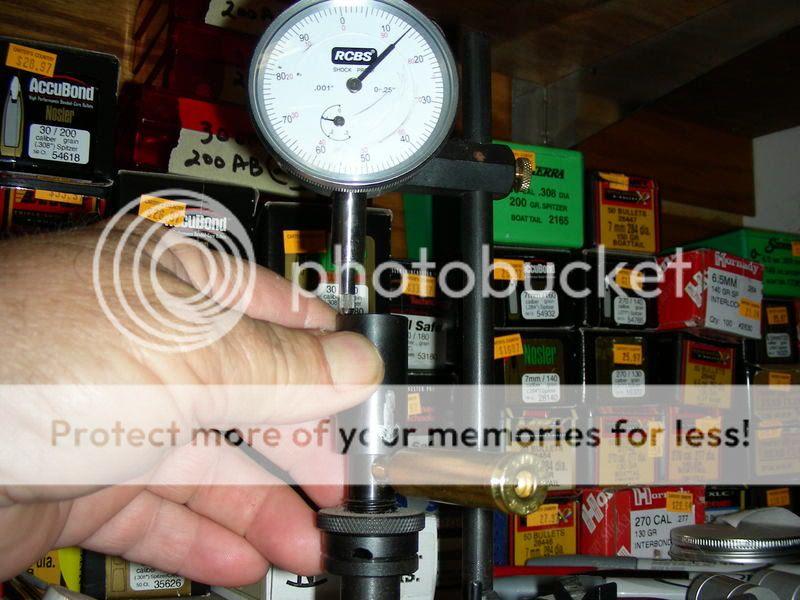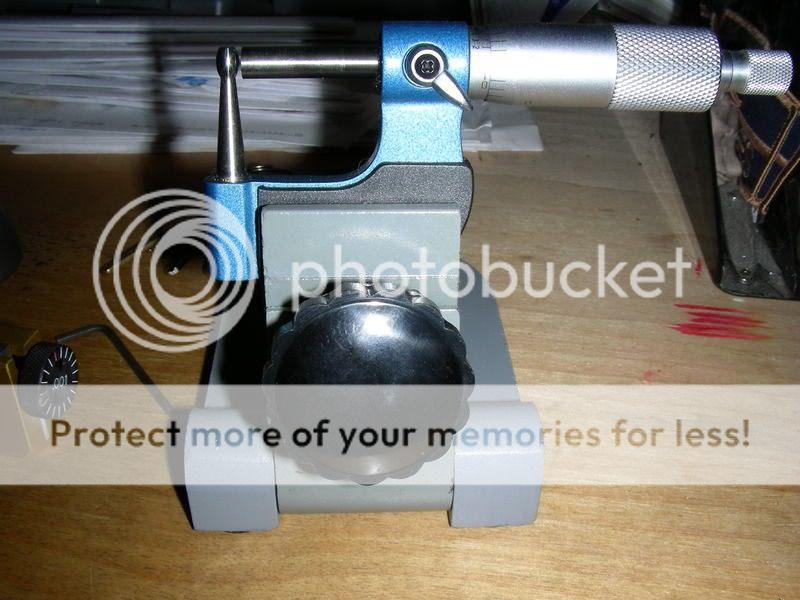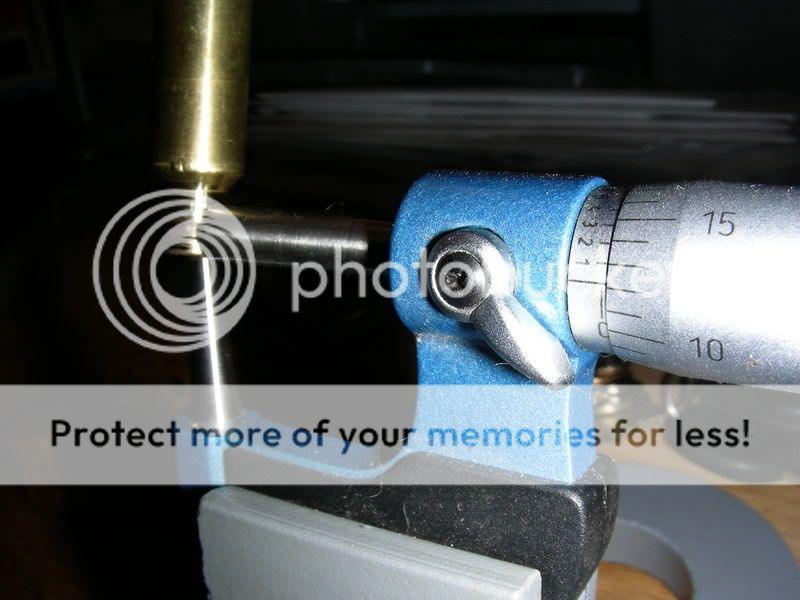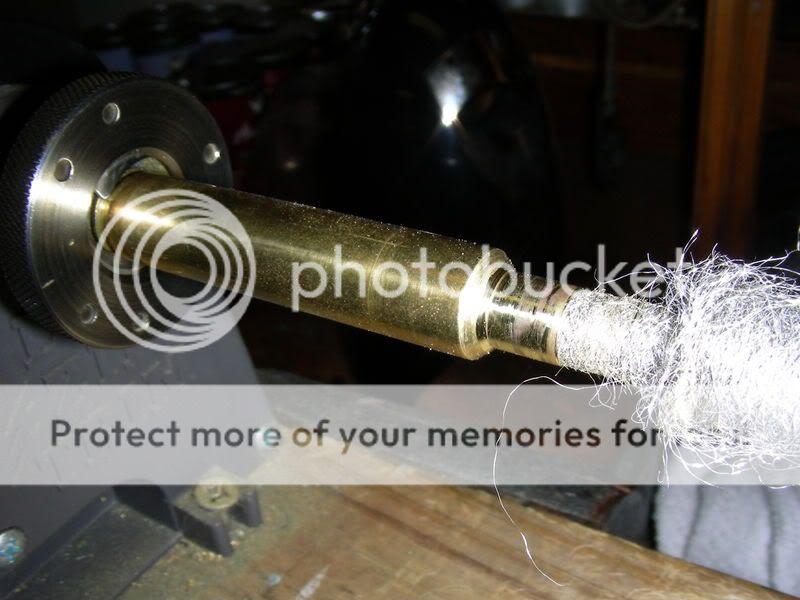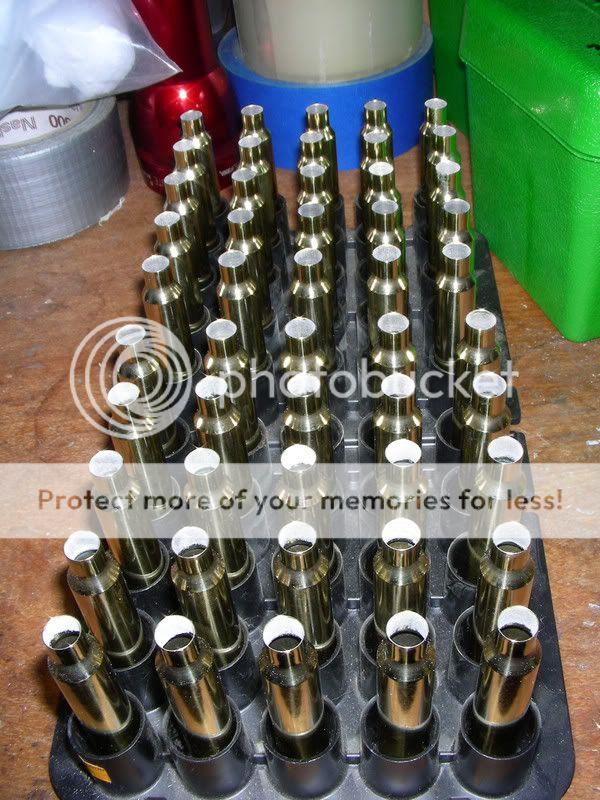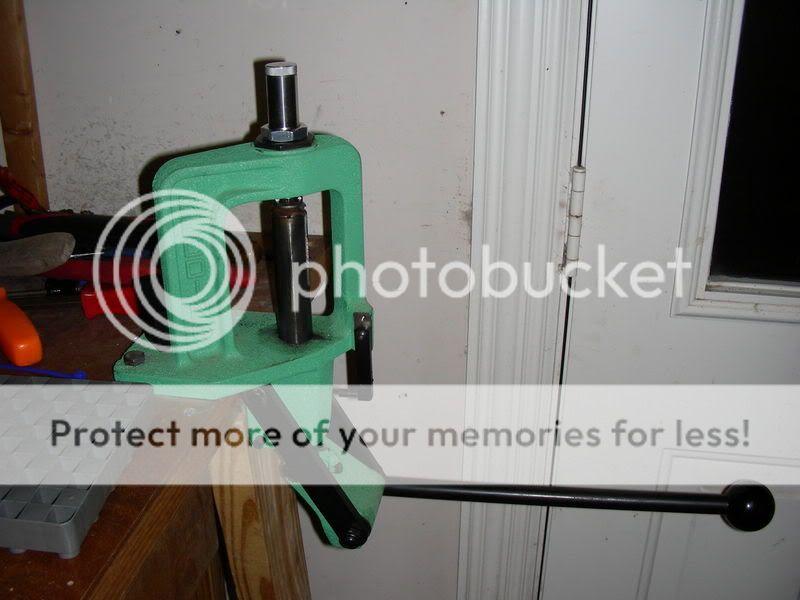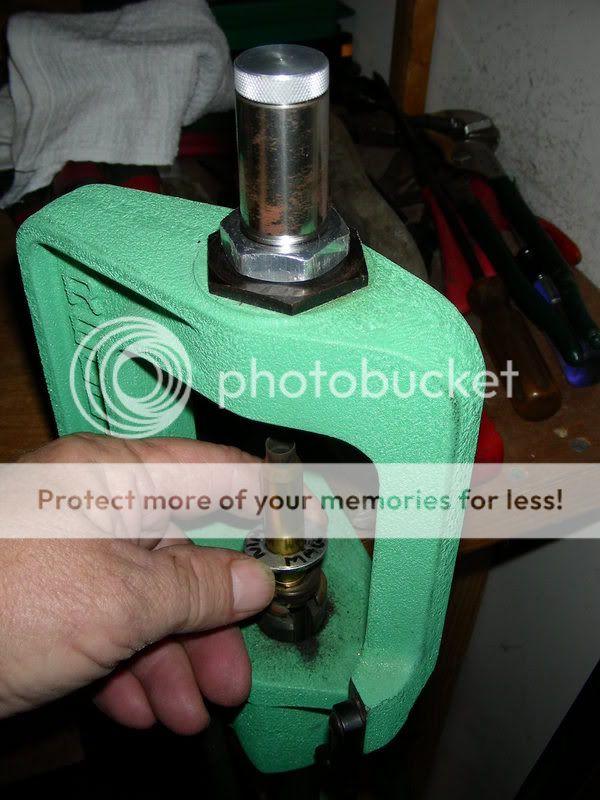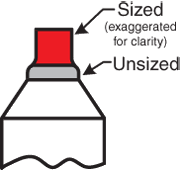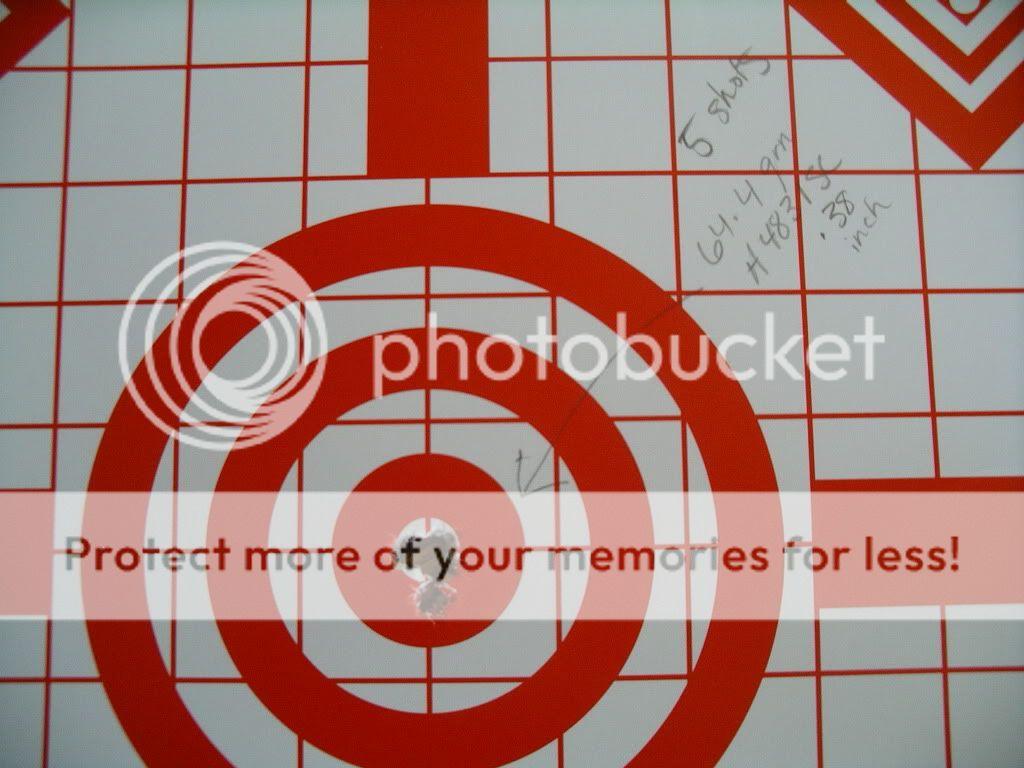Ok I haven't posted here for a while because usually I can find all the info I need via search.
I need help determining the sizes of bushings to buy for my 7mm Rem Mag. I have taken two different measurement methods many times.
1) I measured the diameter of the case neck after reloading with a Lee Collet Die.
It measured: .309; .308 1/2; and .308 fairly consistently.
2) Using an RCBS Case Master I measured the neck thickness, times by 2 - then added the bullet diameter (.284).
Case neck thickness: .014
X by 2: .028
Add .284: .312
Using 2 different methods I got 2 totally different measurements!! Now I understand that I need to subtract .001 to .002 from the latter and approx .002 from the first method because of brass spring back.
What am I doing wrong??
I checked to see if I was measuring my neck thickness incorrectly (Nosler Custom Brass) because the RCBS Case Master seems a little fickle sometimes. Keep getting .014...
I MAY be putting too much pressure on my downstroke using the Lee Collet die which would make the necks too tight (possibly??).
ANY SUGGESTIONS??? Getting rather frustrated here.... Don't want to buy the wrong bushings.
Thanks for the help.
Jim
I need help determining the sizes of bushings to buy for my 7mm Rem Mag. I have taken two different measurement methods many times.
1) I measured the diameter of the case neck after reloading with a Lee Collet Die.
It measured: .309; .308 1/2; and .308 fairly consistently.
2) Using an RCBS Case Master I measured the neck thickness, times by 2 - then added the bullet diameter (.284).
Case neck thickness: .014
X by 2: .028
Add .284: .312
Using 2 different methods I got 2 totally different measurements!! Now I understand that I need to subtract .001 to .002 from the latter and approx .002 from the first method because of brass spring back.
What am I doing wrong??
I checked to see if I was measuring my neck thickness incorrectly (Nosler Custom Brass) because the RCBS Case Master seems a little fickle sometimes. Keep getting .014...
I MAY be putting too much pressure on my downstroke using the Lee Collet die which would make the necks too tight (possibly??).
ANY SUGGESTIONS??? Getting rather frustrated here.... Don't want to buy the wrong bushings.
Thanks for the help.
Jim

